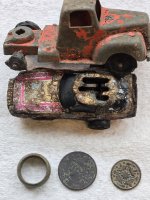Frank D.
Full Member
TODAY'S SILVER TEST
I did a silver test not long ago, and it came out a little bit milky, but nothing like this one I did today with a new suspect ore. Very thick frothy kinda suds on the top. I am wondering if it means higher grade silver in this ore? Has anyone did silver testing from crushed up hard rock and had these results?
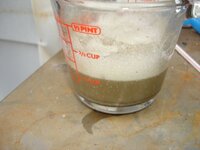
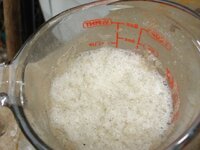
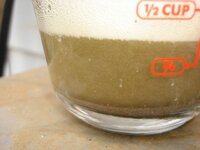
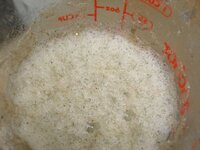
I did a silver test not long ago, and it came out a little bit milky, but nothing like this one I did today with a new suspect ore. Very thick frothy kinda suds on the top. I am wondering if it means higher grade silver in this ore? Has anyone did silver testing from crushed up hard rock and had these results?






 Thanks, Jay
Thanks, Jay




